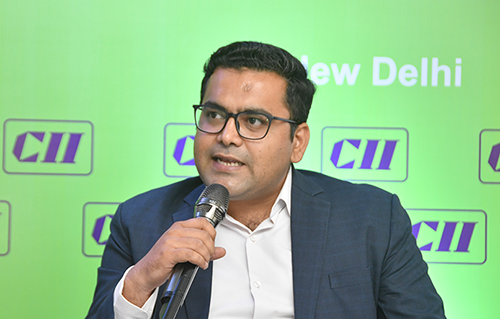As you work tirelessly on your international business to make it successful, you have to continuously think about the risks you’re likely to encounter in the future and the kind of effect they’re likely to have on your organization. This enables you to come up with a workable risk management strategy that’ll help you to minimize the impact of the risks.
So, you need to learn how to develop a risk management strategy for your business and also familiarize yourself with the most effective risk management strategies so that you can figure out a way to implement them in your business. Although there isn’t a universal risk management strategy, you can use the available risk management strategy examples like risk reduction to come up with a plan that works for your business.
Still, it’s important to appreciate what risk reduction strategies are and how they apply to your business. Risk management is a complex process that requires a meticulous plan with well-defined steps. In this article, we’ll offer a comprehensive guide on how to practice risk management.
What Is Risk Management?
Risk management is the practice of identifying, evaluating, and responding to threats to your business’s investments and earnings. These risks can come in many forms, including technical issues, natural calamities, lawsuits, financial uncertainty, etc.
Effective risk management enables you to think through the potential risks and their likely impact on your business. The main objective of risk management is to anticipate, understand, and respond to internal and external risk factors that your enterprise faces every day.
How to Practice Effective Risk Management
The entire risk management process is a combination of several critical steps that you have to take to safeguard your international trade business. Here are the main steps in risk management:
Risk Identification
Risk identification is the process of identifying potential risks that your business may be exposed to and the impact they’re likely to have. Identify as many risk factors as possible and record them for regular analysis.
If you already have an integrated risk management system in your organization, you can key in this information for faster evaluation and implementation. This allows everyone with access to this system to review and implement the information in real-time.
Risk Evaluation
After successful risk identification, the next phase is risk evaluation. This involves an in-depth analysis of each risk to determine its scope and effects on your business. By analyzing potential risks in your business, you’ll understand their relationship with the risk factors across your company.
This step also gives you a clear picture of the severity of the risks and the business operations they’re likely to disrupt. This way, you can employ the most effective response to mitigate their effects. Risk evaluation enables you to map potential risks to various business policies, processes, and documents so that your risk management system can automatically evaluate the risks and provide you with practical insights into their possible effects.
Risk Prioritization
This process involves assessing the severity of each risk and prioritizing it accordingly so that you can plan your risk response strategy, starting with the most severe risks. Risks that are likely to cause just a few inconveniences should be ranked lowest while those that can lead to catastrophic consequences should be ranked the highest.
Assign Risk Management Responsibilities
Because risk management is a continuous process, your business needs a dedicated team of risk management experts. This team can be made up of both internal and external risk management specialists drawn from different departments across your organization. The size of your team depends on the size of your organization and the severity of the risks.
Risk Response
Once you’ve positively identified and evaluated risks, you need to respond to them accordingly, making sure that they’re completely neutralized and their effects on your business thwarted. You may be required to send all stakeholders a notification of your preferred risk management solutions.
Monitoring Risks
Although you’ll succeed in eliminating some risks completely, others may linger around for a long time, forcing you to continuously make changes to your risk management strategy. So, you have to keep an eye on the risks identified to know when they change. That way, you’re assured of business continuity.






disqus comments